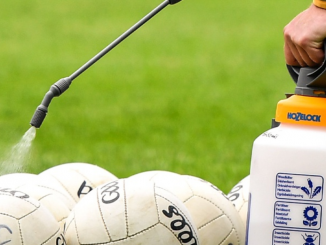
[dropcap]E[/dropcap]ver since the people of the Stone Age dipped their fingers into charcoal and lined the cave walls with figures and animals, art has always been the greatest tool for expression in society. Pablo Picasso once said, “Art washes away the dust of everyday life” and so, here are the top ten artists that help with the housekeeping of the ordinary.
Leonardo da Vinci: Possibly the most famous artist of all time, Da Vinci was a huge player in the Renaissance period. The Mona Lisa still captivates audiences with her following eyes and the question of whether she is laughing or frowning.
Vincent Van Gogh: An expressionist painter, Van Gogh is now known as the “father of modern art”. Despite his dark personal life, Van Gogh’s paintings are full of beauty and bright colours. Starry Night is probably one of the most recognisable paintings with its distinctive and chaotic swirls. Despite only selling one painting in his lifetime, he became a household name after his death and will forever be remembered.
Salvador Dali: Dali brought back the art style of realism except with a twist, deciding to paint images that appeared to him in dreams. Known as surrealism, the photographic quality of bizarre pictures of things such as melting clocks adds to the uneasiness the viewer feels.
Pablo Picasso: Picasso pioneered the first abstract art movement known as Cubism, where one would paint geometric planes and shapes. His painting Guernica truly reflects the toil and turmoil the Spanish Civil War brought upon the nation.
Frida Kahlo: This Latin America artist was disengaged from any art movement, her art work was entirely autobiographical. Painting mostly self-portraits, she was one of the first to make her own image the art itself.
Caravaggio: The Realist painter became popular with his technique of using shadows to emphasise lighter areas. His paintings, usually depicting religious scenes, are unsettling in their realism and he refrained from painting saints in a completely positive light.
Claude Monet: Although Monet’s paintings are tame in subject matter and easy on the eyes, the Impressionist artist was a revolutionary back in the nineteenth century. He disregarded the recommended style of painting at the time, choosing to show his brushstrokes and paint outside, known as “en plein air”. It can be argued that if it were not for Monet, Picasso and Van Gogh would not exist.
Andy Warhol: Warhol began the pop art movement. He recognised media’s cult of personality and capitalised on this. He was one of the first to intertwine art and business as well as pushing the boundaries on what society found acceptable.
Johannes Vermeer: Vermeer was one of the first to paint depictions of middle and working class life, instead of religious scenes or the nobility.
Katsushika Hokusai: As Japan never had a renaissance, the painter introduced a different way of painting into Europe. As seen in the Great Wave off Kanagawa, the colours are flat and lack perspective. He indirectly inspired the Impressionist movement.
Aoibhín Bryant



